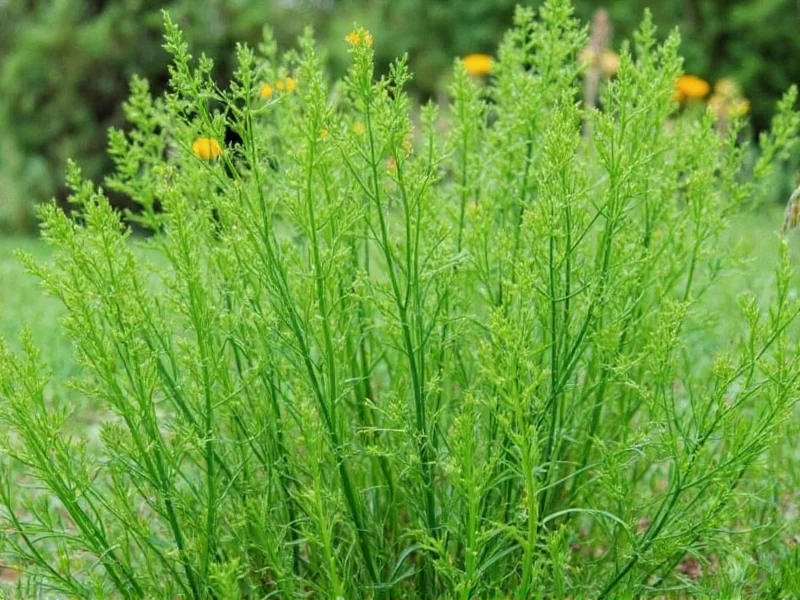Understanding Dill Weed and Its Practical Applications
Dill weed refers specifically to the fresh, feathery leaves of the dill plant (Anethum graveolens), distinct from dill seeds which come from the same plant but offer different flavor profiles and uses. This aromatic herb has been valued in kitchens and traditional medicine practices for centuries across Mediterranean, Eastern European, and Middle Eastern cultures.
Culinary Uses of Dill Weed
When exploring what fresh dill is good for in cooking, its bright, grassy flavor with subtle anise notes makes it incredibly versatile. Unlike dill seeds which have a stronger, more concentrated taste, dill weed provides a delicate freshness that enhances rather than overwhelms dishes.
Chefs and home cooks consistently reach for dill weed when preparing:
- Fish and seafood dishes, particularly salmon, trout, and shrimp
- Salad dressings and creamy dips like tzatziki and ranch
- Vegetable preparations, especially cucumbers, potatoes, and carrots
- Scrambled eggs and omelets for added freshness
- Homemade pickles and preserving recipes
- Grain salads featuring quinoa, rice, or bulgur
Professional chefs recommend adding dill weed near the end of cooking to preserve its delicate flavor and vibrant green color. When substituting for dried dill, use three times the amount of fresh dill weed as dried herbs have more concentrated flavor.
Nutritional Profile and Potential Health Benefits
What is dill herb good for beyond flavor? Research indicates dill weed contains several beneficial compounds. A quarter cup (about 15g) of fresh dill provides:
| Nutrient | Amount per 15g | % Daily Value |
|---|---|---|
| Vitamin A | 420 IU | 8% |
| Vitamin C | 2.4 mg | 4% |
| Calcium | 25 mg | 2% |
| Iron | 0.6 mg | 3% |
| Dietary Fiber | 0.5 g | 2% |
While not a significant source of macronutrients, dill weed contains flavonoids and monoterpenes that function as antioxidants in the body. These compounds may help combat oxidative stress. Traditional medicine systems have long used dill for digestive support, and modern research suggests certain compounds in dill may have carminative properties that help reduce gas and bloating.
Preserving Dill Weed for Long-Term Use
Understanding what to do with fresh dill when you have more than you can use immediately is valuable knowledge. The herb's delicate nature means it doesn't store as well as hardier herbs. For optimal freshness:
- Store fresh dill weed upright in a glass with an inch of water, like flowers, covered loosely with a plastic bag in the refrigerator
- Use within 4-5 days for peak flavor and nutritional value
- Freeze chopped dill in ice cube trays with water or olive oil for cooking applications
- Dry dill weed by hanging small bunches upside down in a dark, well-ventilated area
When dried properly, dill weed maintains much of its flavor profile though it becomes more subtle than when fresh. Dried dill works particularly well in breads, soups, and stews where longer cooking times allow the flavor to develop.
Flavor Pairings That Showcase Dill Weed's Best Qualities
Knowing what dill weed is good for includes understanding complementary flavor combinations. Culinary experts consistently pair dill with:
- Lemon and other citrus for bright, refreshing combinations
- Yogurt and sour cream as base ingredients for dips and sauces
- Garlic for enhanced savory profiles
- Vinegar in pickling recipes and dressings
- Fennel and other herbs with similar flavor notes
One classic combination that demonstrates what fresh dill is good for is in Scandinavian gravlax, where dill's aromatic properties perfectly complement cured salmon. The herb's slight sweetness balances the saltiness of the cure while adding complex flavor layers.
Common Questions About Dill Weed Applications
Many home cooks wonder about the differences between dill weed and dill seed, particularly when recipes call for one or the other. While both come from the same plant, they serve different culinary purposes. Dill weed offers fresh, grassy notes ideal for finishing dishes, while dill seed provides a stronger, more pungent flavor better suited for pickling and baking.
When substituting between the two, remember that dill seed is significantly more potent. As a general rule, 1 teaspoon of dill seed equals approximately 1 tablespoon of fresh dill weed. Understanding these distinctions helps maximize what dill is good for in your specific cooking applications.











 浙公网安备
33010002000092号
浙公网安备
33010002000092号 浙B2-20120091-4
浙B2-20120091-4